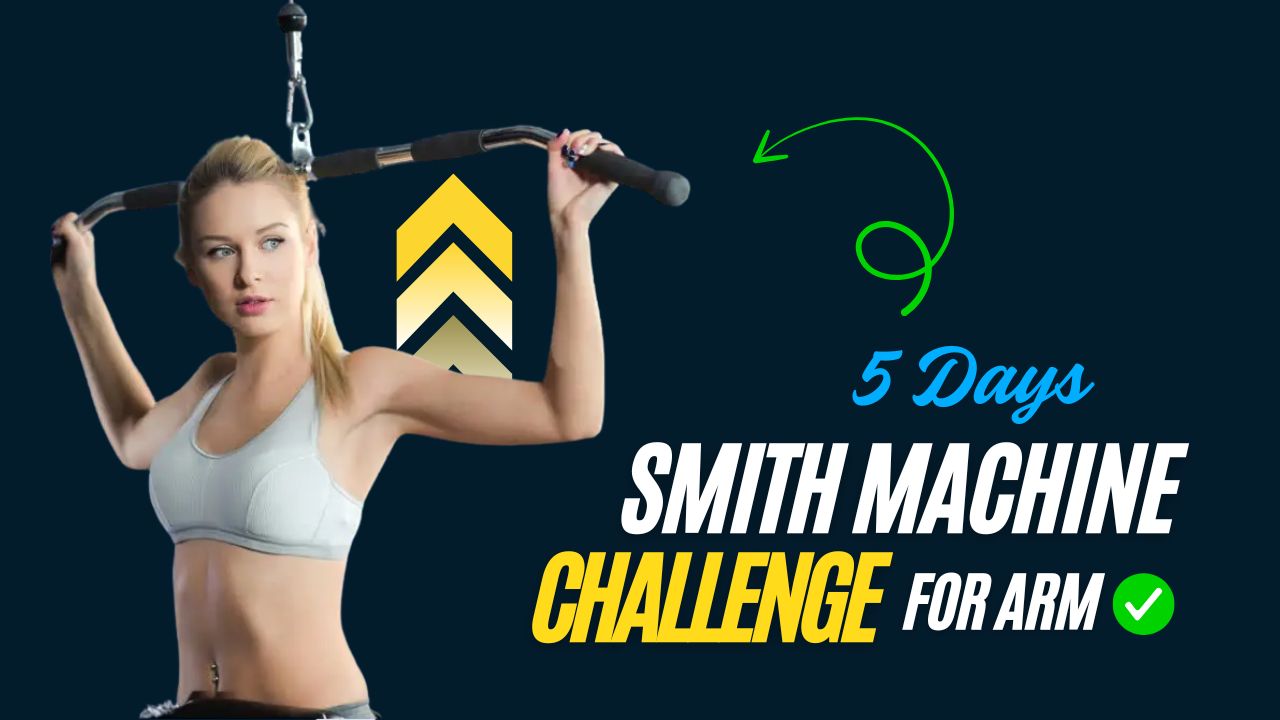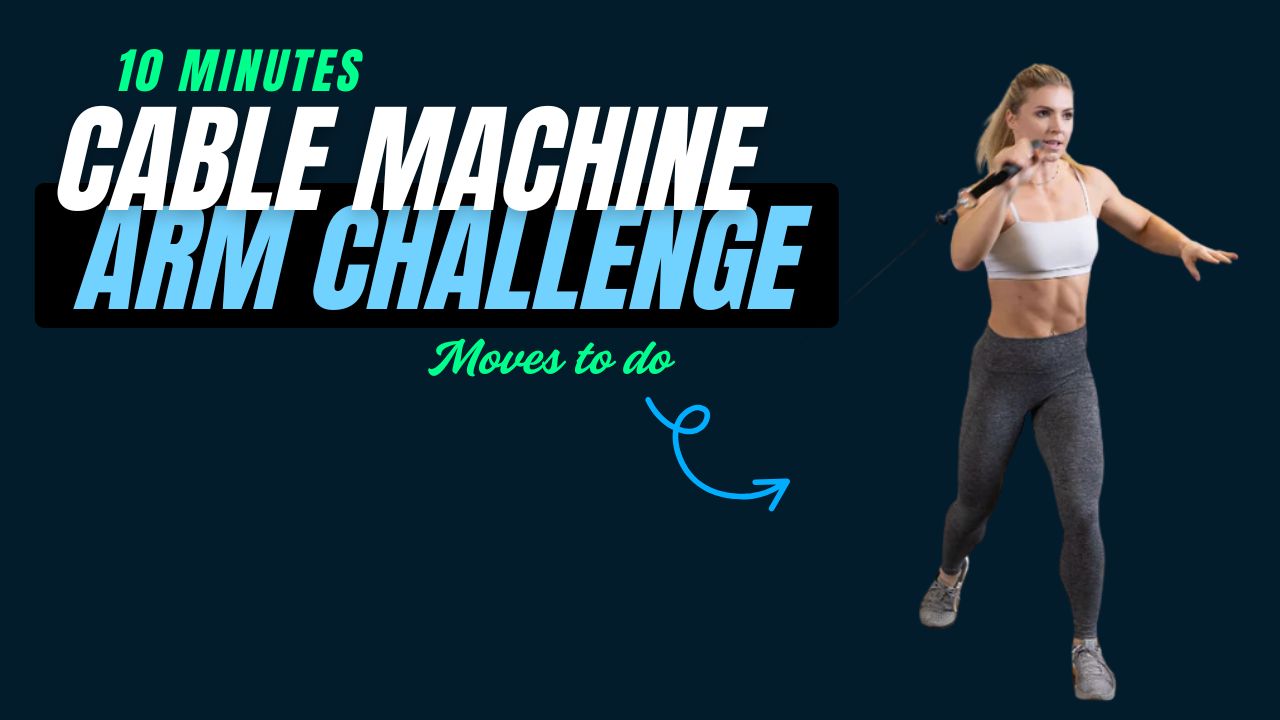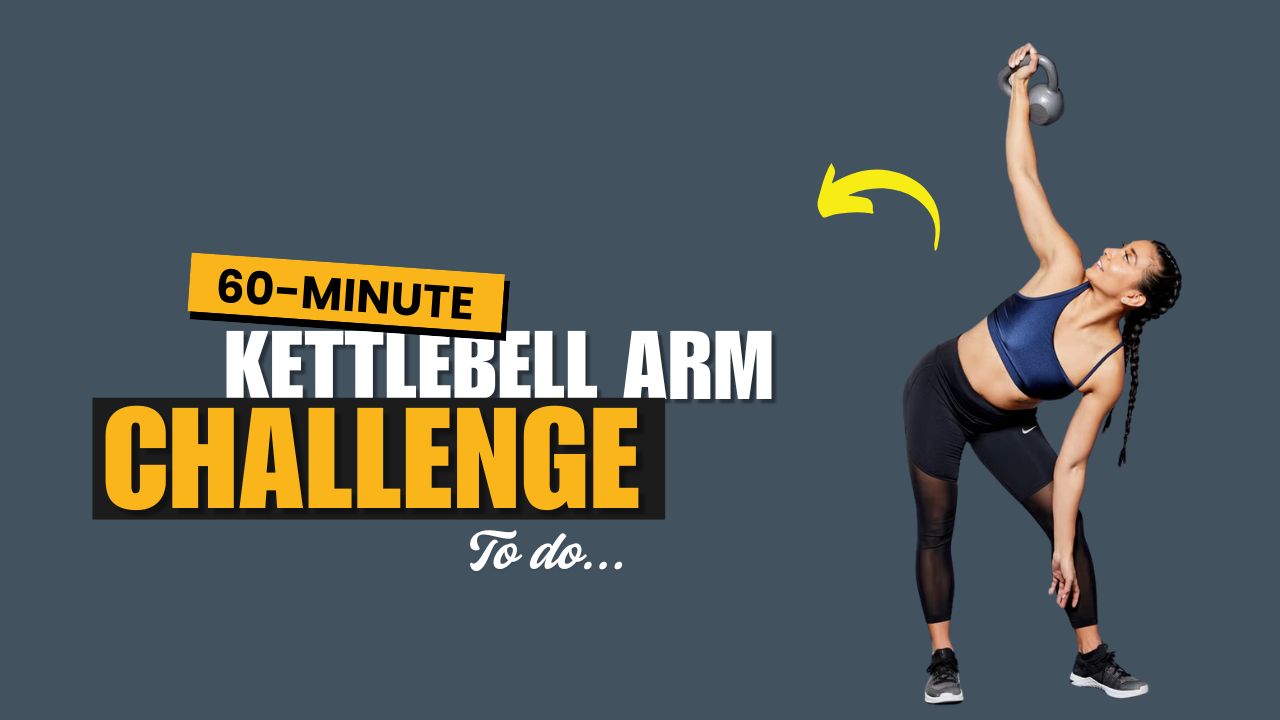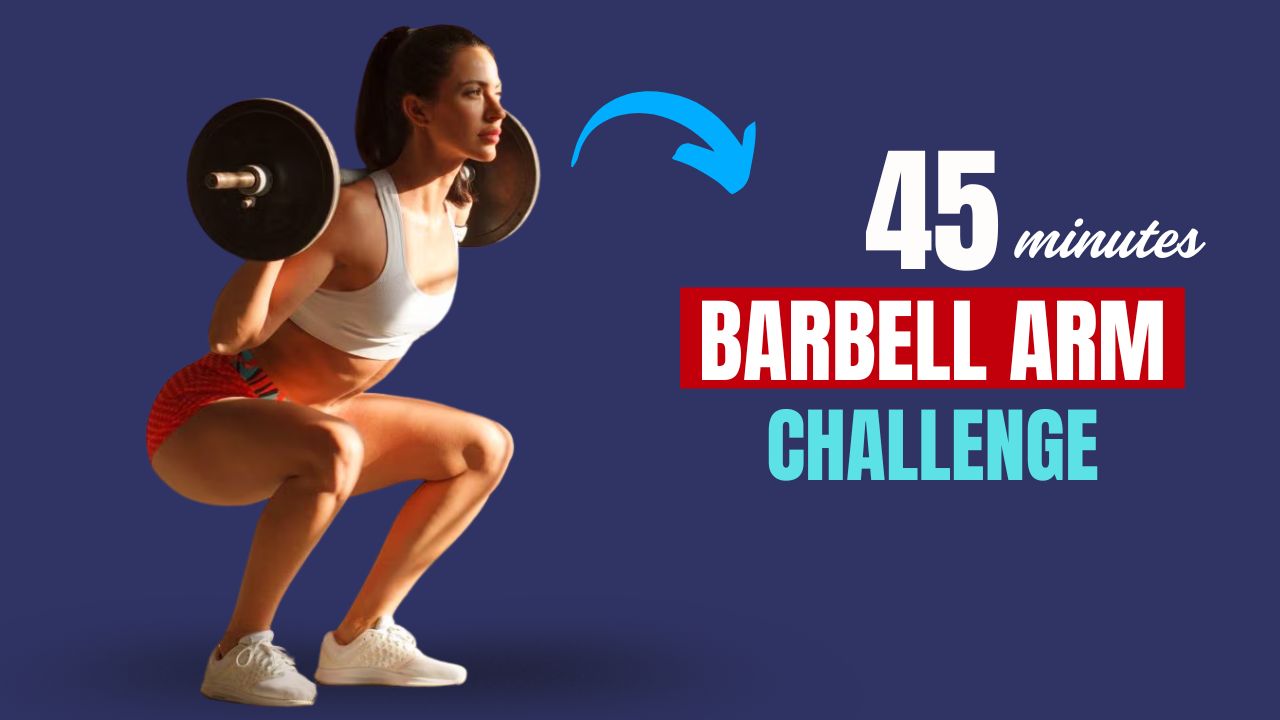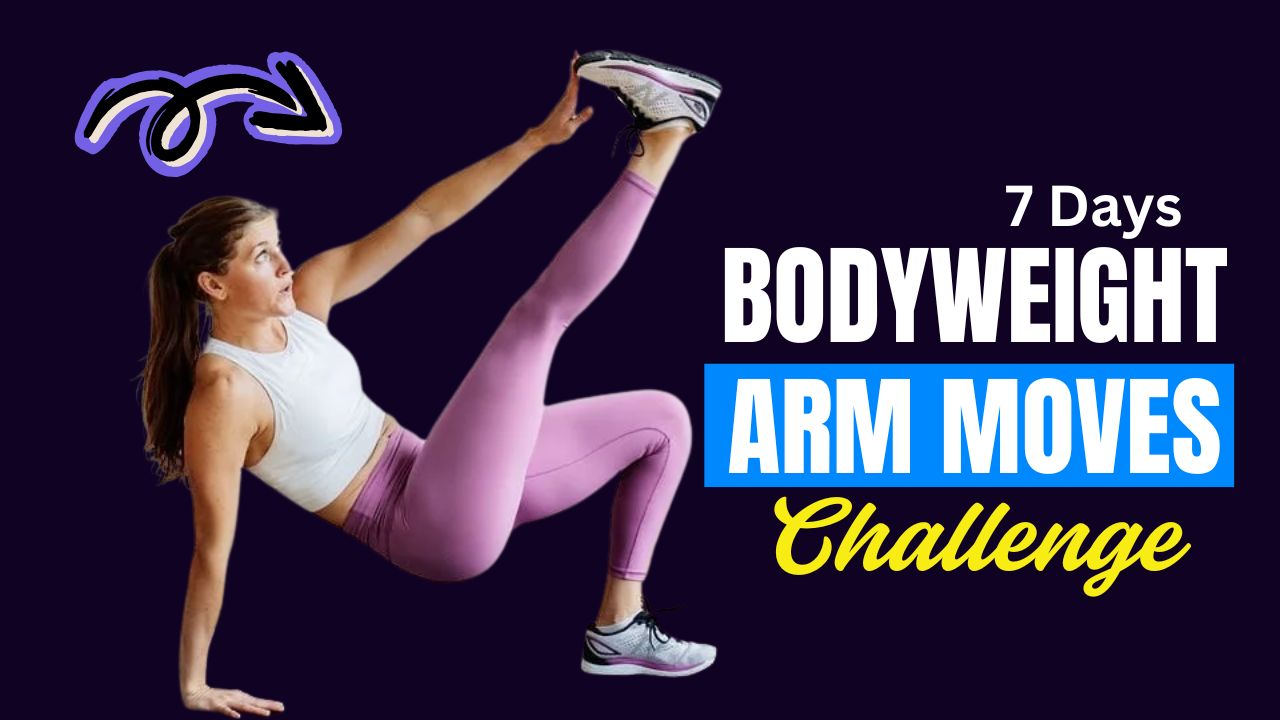Do you skip calf day and blame it on “genetics”?
Let’s bust a myth right now: Calves aren’t just born strong—they’re built. And while most people stick to the same old standing calf raises, there’s a better, more dynamic tool that can unlock powerful, athletic legs—the kettlebell.
Calves do way more than just look good in shorts. They help you run faster, jump higher, balance better, and reduce injury risk.
With the right kettlebell moves, you can target the deeper stabilizer muscles, boost explosiveness, and sculpt legs that look and perform like a pro athlete’s.
Let’s dive into 7 kettlebell calf workouts that go beyond the basics and bring real functional gains.
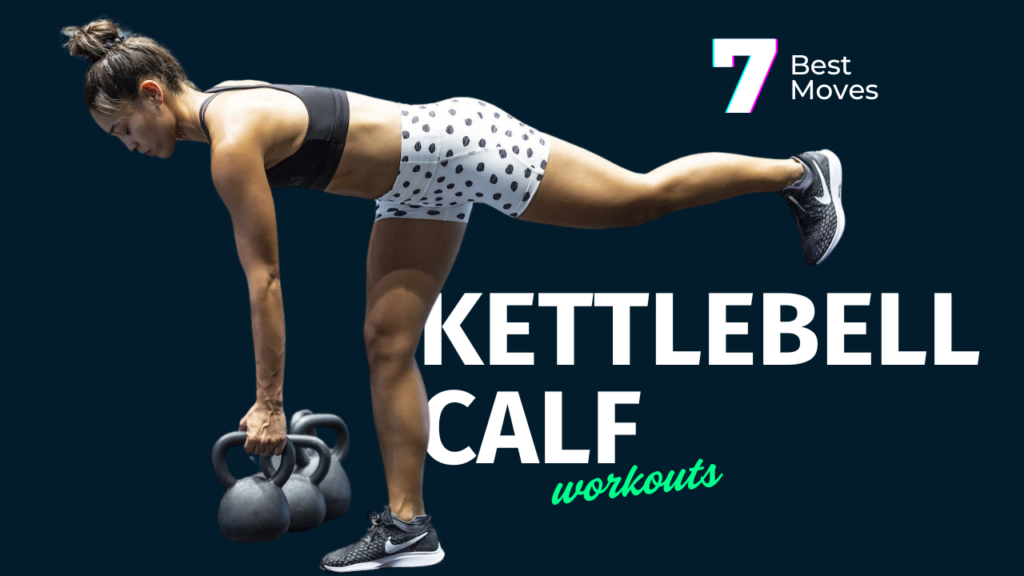
Table of Contents
What Happens After 30 Days of Kettlebell Calf Workouts
| Time Frame | Visible / Performance Changes |
|---|---|
| Week 1 | Improved calf activation, slight muscle soreness, and better balance awareness. |
| Week 2 | Increased ankle stability, reduced wobble in single-leg movements, more controlled steps during walking or training. |
| Week 3 | Noticeable muscle tone and firmness, enhanced endurance in standing or walking tasks. |
| Week 4 | Visible calf definition, improved explosive power (jumping, sprinting), better posture and lower leg strength. |
Also Read: 10 Barbell Core Workouts to Sculpt Rock-Solid Abs Fast
Do’s and Don’ts of Kettlebell Calf Workouts
| Do’s | Don’ts |
|---|---|
| Start with proper warm-up (ankles, calves, and mobility) | Don’t skip warm-up—it increases injury risk |
| Use controlled movement for full calf engagement | Don’t bounce or rush through reps |
| Maintain upright posture during exercises | Don’t let your back hunch or lean forward too much |
| Perform calf workouts 2–4x weekly for best results | Don’t overtrain daily without recovery |
| Gradually increase kettlebell weight as you build strength | Don’t use excessively heavy weight with poor form |
| Focus on both single-leg and double-leg movements | Don’t rely only on traditional bilateral calf raises |
| Combine isometric holds and explosive reps for variation | Don’t stick to one training style only |
| Train calves through full range (stretch to contraction) | Don’t ignore the bottom stretch position |
1. Kettlebell Standing Calf Raise
How to:
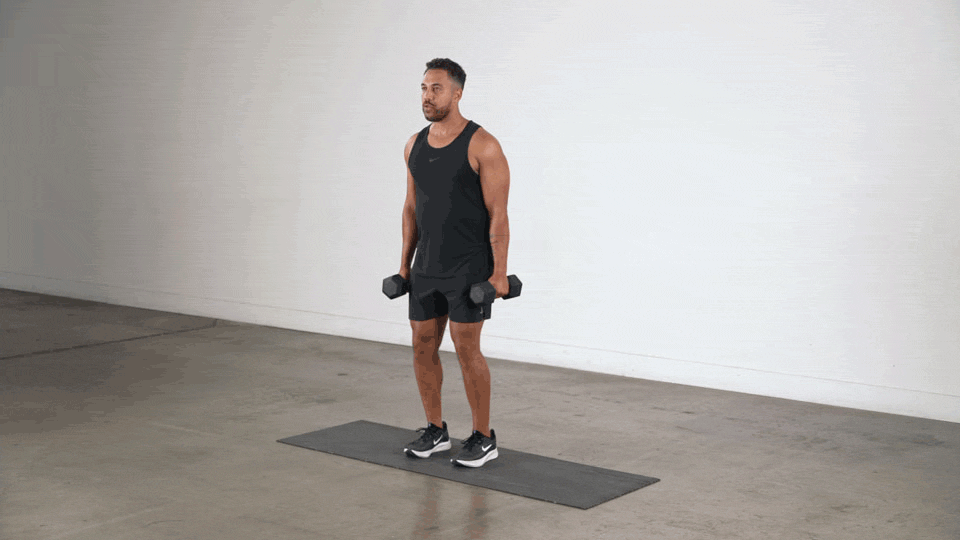
- Hold a kettlebell in each hand by your sides.
- Stand with feet shoulder-width apart.
- Slowly raise your heels to stand on your toes.
- Hold at the top for 2 seconds, then lower slowly.
Benefits:
- Strengthens the gastrocnemius (the outer calf muscle).
- Enhances balance and ankle stability.
- Boosts control and mind-muscle connection.
Pro Tip: Stand on a low step or weight plate for a deeper stretch at the bottom.
Also Read: 13 Barbell Shoulder Exercises To Gain Mass & Shape
2. Kettlebell Farmer Walk on Toes
How to:
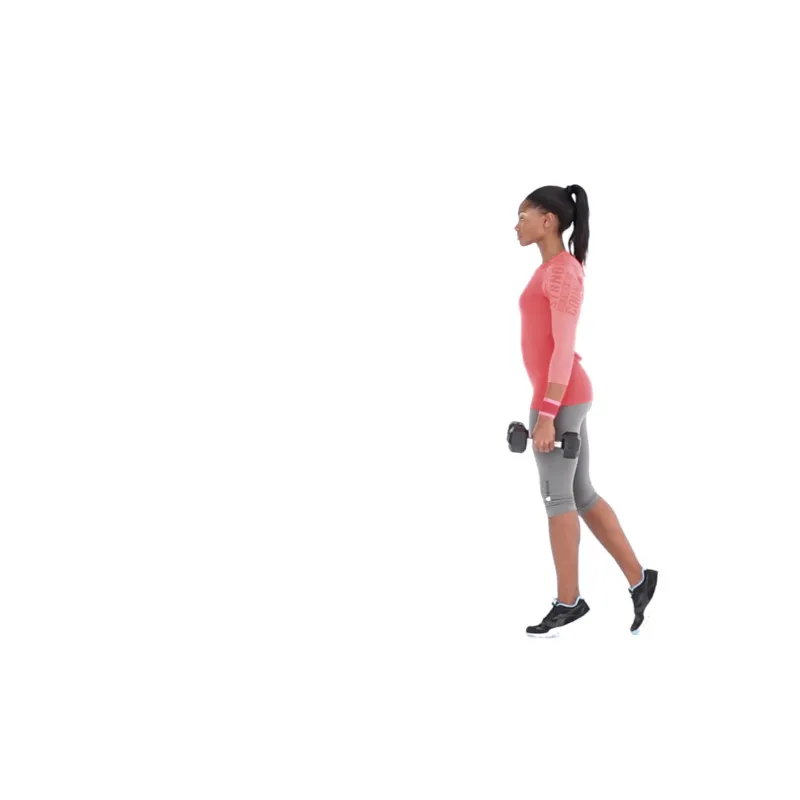
- Hold heavy kettlebells in both hands.
- Raise up onto your toes.
- Walk forward slowly for 20–30 seconds, staying elevated.
Benefits:
- Builds isometric strength in the calves.
- Improves ankle endurance and posture.
- Trains your calves to work under constant tension.
Did You Know?
Calves are made up of slow-twitch muscle fibers, which thrive on endurance-style training like this.
3. Kettlebell Jump Calf Raise
How to:

- Hold a light kettlebell with both hands at chest height.
- Perform a small jump by pushing off your toes.
- Land softly and repeat.
Benefits:
- Boosts explosive power and reactive strength.
- Activates both fast-twitch and slow-twitch fibers.
- Helps with vertical leaps and sports performance.
Myth Buster:
You don’t need to lift super heavy for calves. Lightweight + speed = massive gains.
Also Read: 13 Dumbbell-Only Calf Workouts to Add Volume, Strength & Shape
4. Kettlebell Single-Leg Calf Raise
How to:
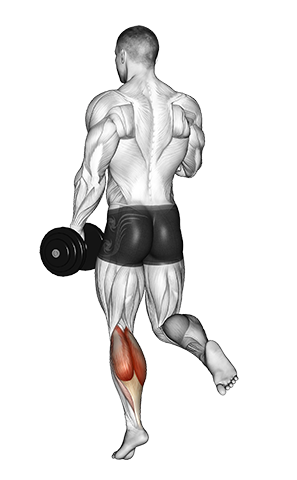
- Hold a kettlebell in one hand on the same side as your working leg.
- Stand on one leg with the other slightly bent behind you.
- Raise your heel slowly and hold, then lower.
Benefits:
- Corrects muscle imbalances.
- Builds ankle and knee stability.
- Forces core engagement for balance.
Challenge Mode: Do it barefoot for extra proprioceptive benefits.
5. Kettlebell Calf March
How to:
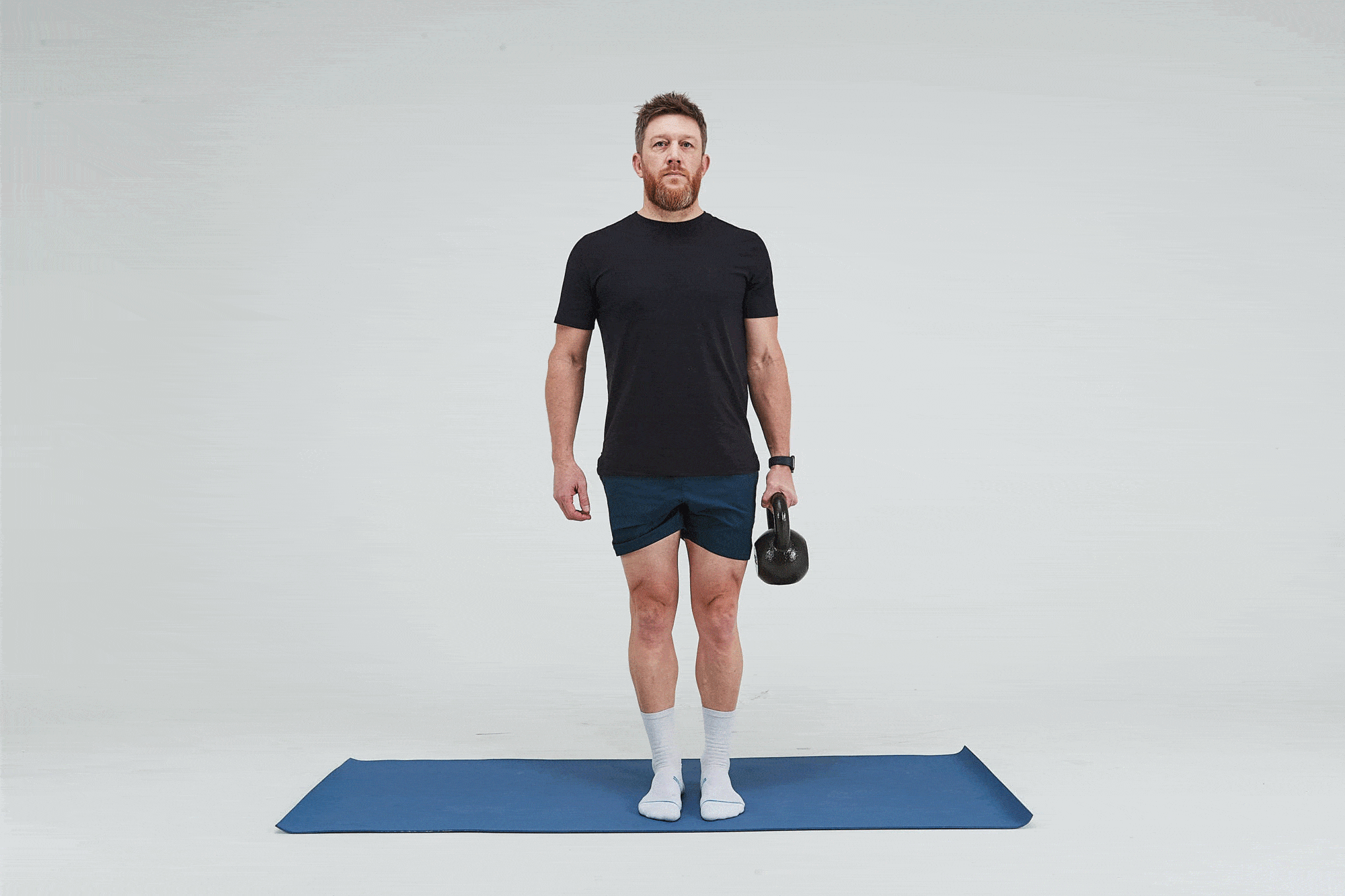
- Hold a kettlebell in a goblet position (at chest level).
- March in place, lifting your knees high and staying on your toes throughout.
Benefits:
- Improves calf endurance and cardio conditioning.
- Adds a core challenge.
- Great for warm-ups or active recovery.
This mimics real-life footwork patterns seen in athletes, dancers, and fighters.
Also Read: 13 Dumbbell Quad Exercises That Will Make Your Thighs Strong
6. Kettlebell Sled Drag Simulation
How to:
- Place a heavy kettlebell on a towel or mat (hard floor).
- Stand behind it and walk forward slowly while pushing it.
- Stay on your toes during the movement.
Benefits:
- Simulates sled pushes to activate calves and glutes.
- Builds resistance-based strength in the lower leg.
- Adds a cardio finisher element.
This exercise is a hidden gem for burning out your calves and building grit.
7. Kettlebell Step Calf Raise
How to:
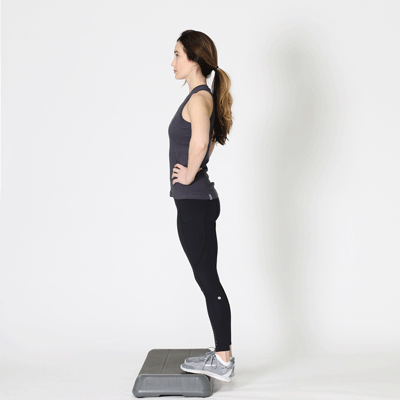
- Stand on a raised step with heels off the edge.
- Hold kettlebells at your sides.
- Lower your heels for a deep stretch, then press up on your toes.
Benefits:
- Increases range of motion.
- Stretches and strengthens the Achilles tendon.
- Prevents tightness-related injuries.
Bonus: This move promotes better ankle flexibility, essential for squats, running, and daily movement.
Also Read: 12 Smart Dumbbell Ab Workouts That Torch Belly Fat Fast
Final Thoughts: Why Your Calves Deserve Kettlebells
Most leg workouts are quad- or glute-dominant, while calves get sidelined. But with kettlebells, you bring in unilateral strength, core activation, and dynamic balance, all while sculpting powerful, athletic lower legs.
And the best part? These exercises are easy to integrate into any routine—whether you’re lifting heavy or doing HIIT.
Train your calves like you train your biceps—consistently, smartly, and with intent.
Frequently Asked Questions (FAQs)
Can kettlebells really help grow my calves?
Yes. Kettlebell exercises add dynamic resistance and instability, challenging your calves in ways traditional exercises often don’t. This promotes muscle growth, strength, and better performance.
How often should I train calves with kettlebells?
You can train calves 2–4 times per week, depending on your intensity, recovery, and overall training volume. Because calves recover quickly, they can handle more frequent sessions than other muscle groups.
What size kettlebell should I use for calf workouts?
Start with a light-to-moderate kettlebell (8–16 kg) if you’re new. For moves like farmer walks or sled drags, use heavier weights (20+ kg) to build endurance and strength.
How long does it take to see results in calf size or strength?
With consistent training, you may notice increased strength and definition in 3–6 weeks, especially when paired with proper nutrition and progressive overload.
Are kettlebell calf workouts suitable for beginners?
Absolutely. Most exercises can be scaled down for beginners, and kettlebells offer excellent control and versatility, making them safe for all fitness levels when used correctly.
Can I do these workouts without a gym?
Yes. All seven kettlebell calf workouts can be done at home or outdoors, as long as you have kettlebells and a bit of floor space.
Will kettlebell calf exercises help with running or jumping?
Definitely. Strong calves enhance push-off power, stability, and landing control—all of which improve running speed, vertical jump, and agility.
What’s the best warm-up before kettlebell calf workouts?
Try ankle circles, dynamic calf raises, and short jump rope rounds. This boosts blood flow and prepares the tendons for load-bearing.





